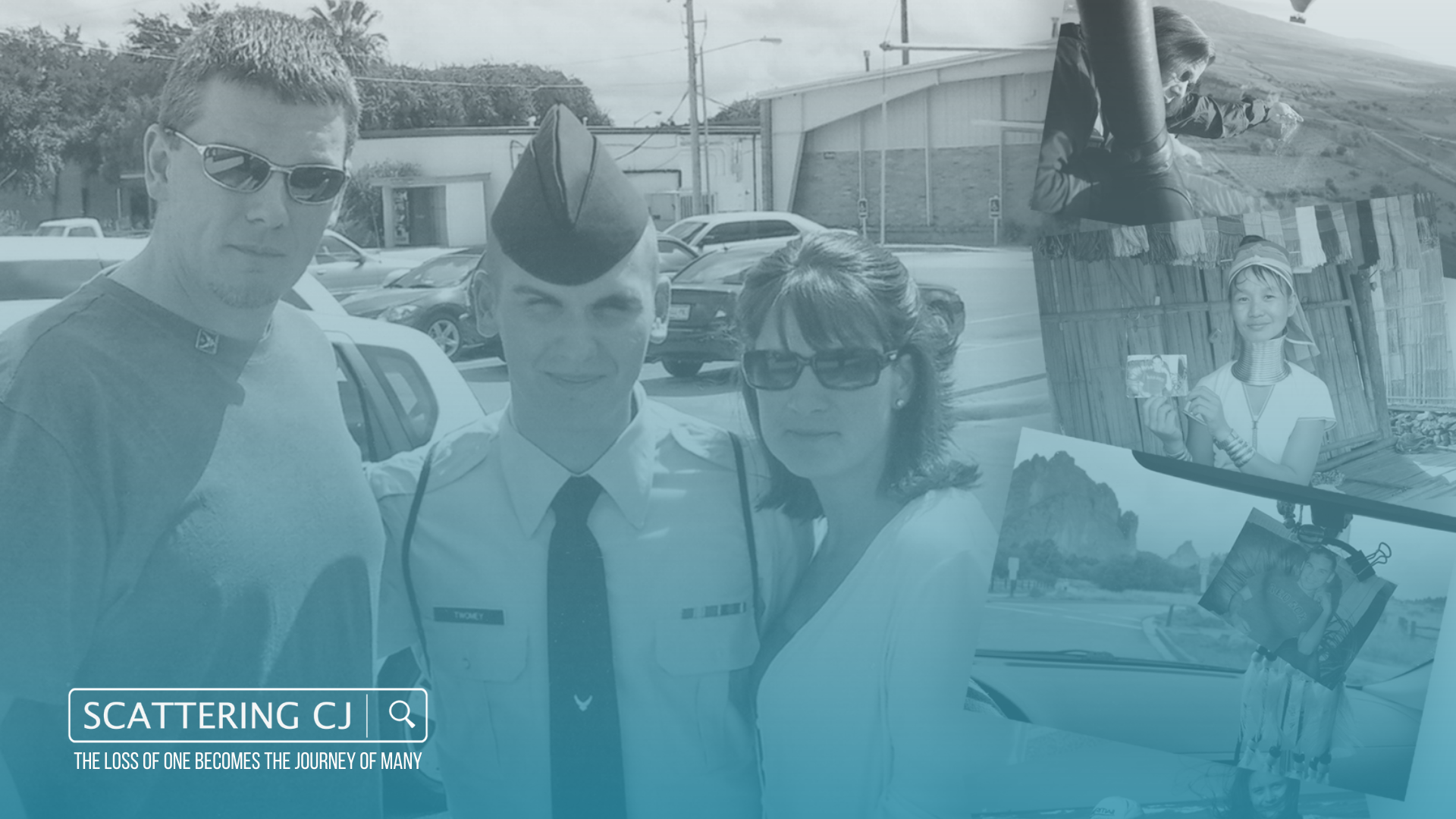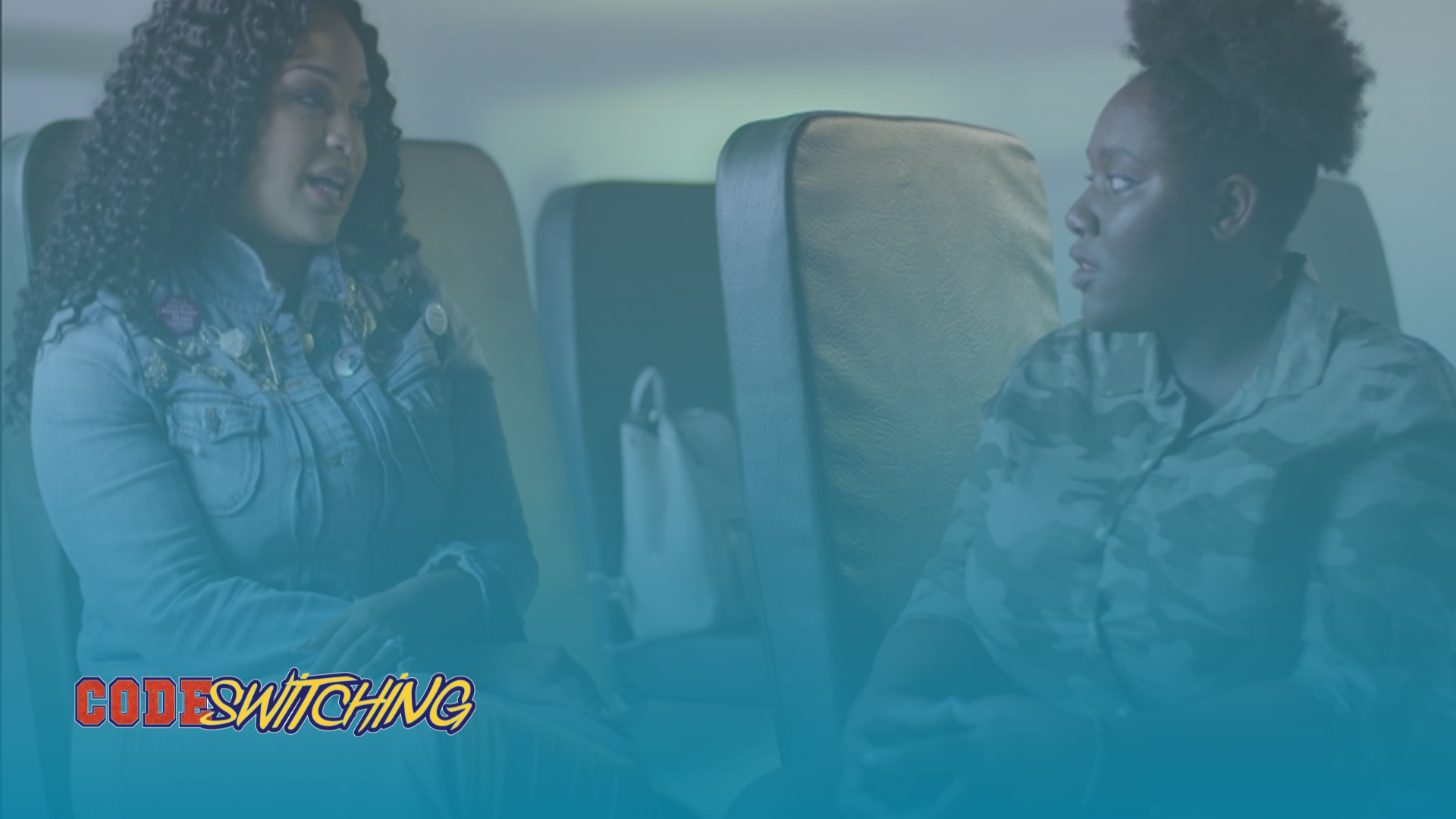
For Producers
NETA offers a simple, nationwide program distribution service to our members, public television stations, and independent producers. The NETA Program Service delivers 1,200+ program hours a year to every CSG-qualified public television licensee in the United States.

NETA receives hundreds of submissions per year, and we review each submission in its entirety. We review submissions based on editorial integrity, storytelling and relevance, and production quality. In addition, NETA is committed to reflecting the stories of diverse voices. To submit your completed program or series for our consideration, fill out this form in its entirety.

NETA upholds PBS Editorial Standards that are the cornerstone of our commitment to serve the public interest and preserve the trust of our member stations in their communities.

Our distribution process is intended to be simple and collaborative to ensure a successful journey from submission to broadcast. NETA charges a nominal fee for its services that include metadata management, legal, rights and licensing, technical evaluation for broadcast, uploading to the "PBS cloud" for stations, and general marketing to programmers/PBS stations for carriage.
Program Support
- Your complete program information is sent via NETA Program Offers to every station in the system via mypbs.org (the proprietary PTV intranet) and an email list of more than 200 public TV programming professionals.
- Your program information will be available through the NETA online program catalog for programmer reference throughout the rights period.
- Your program is promoted as a Featured Program until your feed date.
All selected materials must adhere to PBS Producer Handbook. If your video is not compliant, you may be asked to make changes before distribution. Any submitted graphics, video, or descriptive language may also be used for promotional purposes.
Documents
- Completed and approved Program Offer — provided by NETA
- Signed Program Distribution Agreement (PDA) — provided by NETA
- Invoice paid prior to feed date
Packaging
- Is (or close to) standard PBS lengths of 26:56, 56:56, or 1:26:56. NETA will accept programs that are slightly longer or shorter, but no longer than 28:00, 58:00, or 1:28:00.
- Adheres to PBS Producer Handbook specs for captioning, underwriting, open and closing credits, and offer tag.
- Closed-captioned by certified captioning service.
- Includes NETA :03 tag at end of final program.
File Delivery (Received 4-6 weeks prior to scheduled feed date)
- Adheres to technical specs and is accompanied by a technical evaluation form.
- Completed program uploaded to NETA’s FTP site.
Promotions (Received 4-6 weeks prior to scheduled feed date)
- 30-second promo (refer to promo spec guidelines). NETA asks that all producers provide at least one 30-second promo for stations to use in promoting the broadcast of your show.
- Two to three high-resolution photos. NETA asks that all producers provide at least two to three high-resolution photos, with credit captions (if applicable), for stations to use in promoting the broadcast of your show in print, web, and social media.
- Optional: Link to full digital press kit.
- Optional: PDF of discussion guide or engagement toolkit.
- Optional: Link to educational resources for classrooms (K-12+).
Downloadable Checklist
Should your program be accepted by NETA’s programming distribution service, producers/representatives are asked to adhere to the following guidelines.
Print a copy of these checklists and guides for your use.
Distribution Requirements (PDF)
Distribution Timeline (PDF)
Perfect Program Packaging (PDF)
Production Credit Guidelines (PDF)
TECHNICAL SPECS / GUIDELINES (PDF)
PBS APP SPECS (PDF)
Download Guidelines
Who must be credited as an underwriter?
- The purpose of an underwriter credit is to identify the entities that have provided funding for the production. All entities contributing to a program/series on public television must be acknowledged in an “underwriter pod.”
- The entity identified as the underwriter must be the actual contributing entity.
- Funders of content broadcast on public television cannot be anonymous. Federal law requires that broadcasters “fully and fairly disclose the true identity” of all funders.
- Crowd-sourced funding — Increasingly, producers are crowdsourcing through sites like Kickstarter or GoFundMe.
NETA requires that a complete list of funders be sent prior to agreeing to distribution. In lieu of listing every donation, producers can acknowledge donors by using the following sample language: “Support for this film was made possible by more than 80 individuals. A complete list of funders is available at (producer's website URL).”
Placement of underwriting credits
- Underwriters must be identified at the beginning and end of a program. Underwriters acknowledged must be in the same order. Funders generally should be listed in descending order of support.
- Underwriters are not identified in the program production credits.
- Underwriters may not receive a “special thanks” credit. “Special thanks” should be included in the production credits and are reserved for those who provided in-kind goods and/or services, not program funding.
- When one underwriter is identified, all must be identified in an “underwriter pod,” separate and distinct in style from the program’s production credits.
- By and large, all entities underwriting a series must appear on all episodes of the season being underwritten.
Length of underwriter pods
- The underwriting pod may not exceed one minute (1:00).
- As many underwriters in one minute as will comfortably fit may be acknowledged, but no single underwriter’s credit may exceed 15 seconds (:15).
Editorial Guidelines and Recommended Language / Content
- Underwriting credits must be in keeping with the noncommercial nature of public television.
- Recommended language is "This program is made possible (in part) by X,” or “Major funding for this program was provided by ...” “Additional funding was provided by ...” (when there is a significant difference in the amount of funding from two or more funders).
- An underwriter credit may not contain qualitative claims, calls to action, comparisons, pricing information, or any other language that is deemed promotional.
- A product manufactured by an underwriter may be mentioned once at the head of the underwriter credit, immediately following identification. (Example: WidgetCo, maker of Widgets). The brand name may not be repeated.
- No more than five products or services may be mentioned or listed. (Example: SewCo, makers of yarn, thread, patterns, needles, and thimbles.)
- The use of people in underwriter credits is strictly regulated by the FCC. Consult with us before including any underwriter credit featuring people.
- An underwriter credit may not feature a jingle. Music is allowable; music with words is not.
- Slogans that contain calls for action, qualitative claims, pricing information, or other objectionable language are not allowable even if they are established. (Example: “Get Met - It Pays,” even though well established as a slogan for Metropolitan Life insurance company, it is not allowed because it is a call for action.)
- Product placement, or the perception of product placement, must be avoided.
- “Pay-for-play” arrangements, i.e. featuring a location, product, or service in exchange for production funding, are forbidden.
Save postproduction time and expense by discussing your underwriter credits content and placement with your contact at NETA Programming.
NETA asks that all producers provide at least one 30-second promo for stations to use in promoting the broadcast of your show. Series may provide both a series promo as well as (optional) individual episodic promos. Spots will be uploaded to PBS Source and therefore must comply with their Tech Specs below.
REQUIREMENTS
- 1 file per promo.
- Only content on the file. No slate or additional frames of black before or after the spot.
- :30 in length.
- Full title with background appears roughly 5 seconds at end of promo and remains up. (Stations will add their tune-in and brand in the lower third here.)
- Music bed reduced for station voice during last 5 seconds. No narration or voices during the last 5 seconds.
- No tune-in or dates — promos should be evergreen (“clean”).
PBS Source Tech Specs
ProRes HQ
- File Format: QuickTime (.mov)
- Size Estimate: ~1GB per minute of video
- Timecode starts at 1:00:00.00
- No closed captioning
- 1 file per video
Video Stream
- Codec: ProRes HQ
- Frame Size: 16/9: 1920 x 1080
- Frame Rate: 29.97
- Video Standard: NTSC
- Scan Type: Interlaced (Upper Field First)
- Video Stream BitRate: 220 Mbps Video Stream BitRate Mode:CBR
Audio Stream
- Codec: PCM (Little Endian)
- Audio Stream BitRate: 1.4 Mbps
- Audio Stream BitRate Mode: CBR
- Number of Audio Channels: 2 (Stereo)
- Sampling Rate: 48 KHz Bit Depth: 16 bits
Stations that present programs through NETA are responsible for providing the following services as part of the producer receiving discounted member handling and distribution fees:
Representation
- Advise producer on program distribution options and fees.
- Advise producer on public television system and audiences.
Editorial
- Every program delivered to NETA must be screened and approved by the presenting station to ensure that the content, production quality, and editorial integrity meet the standards expected by public television stations.
- Consult with producer regarding underwriting standards; if necessary, consult station's FCC legal counsel and submit to NETA for approval for national distribution.
- Ensure that the program or series is packaged in accordance with PTV’s best standards and practices as posted on NETA’s website (i.e. opening and closing credits, underwriting pods, program offers).
Communications
- Serve as ongoing liaison with producer and NETA on any potential updates to the offer, program format, series packaging, underwriting, or program tags.
Programming/Technical
- Ensure complete compliance with NETA’s technical specs and packaging.
All programming distributed by the National Educational Telecommunications Association’s program service (NETA) complies with the closed captioning requirements established by the Federal Communications Commission as embodied in 47 C.F.R. § 79.1, including regulations concerning closed captioning quality.
Programming provided by NETA complies with these regulations by either:
- Satisfying the caption quality standards set forth in 47 C.F.R. § 79.1(j)(2);
- Adopting and following the Video Programmer Best Practices set forth in 47 C.F.R. § 79.1(k)(1); or
- Being subject to one or more of the captioning exemptions set forth in 47 C.F.R.§ 79.1(d), including programming for which the audio is in a language other than English or Spanish and that is not scripted programming that can be captioned using the “electronic news room” technique; interstitial material, promotional announcements, and public service announcements that are 10 minutes or less in duration; and/or programming that consists primarily of non-vocal music.
Questions can be directed to:
Angee Simmons, VP Content
Bob Petts, Director, Content & Digital Strategy
